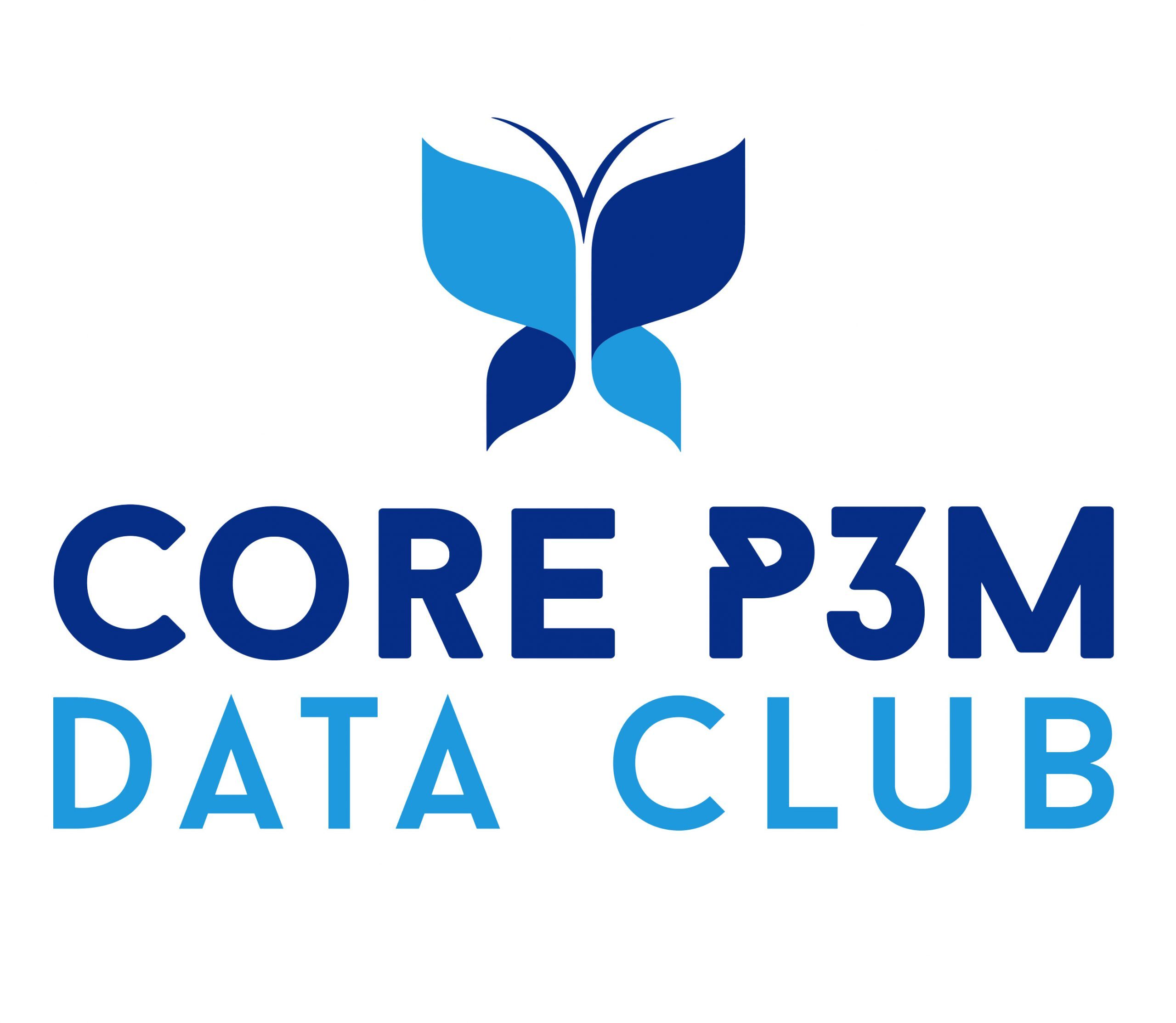The Product Node recognises that Products are what the organisation bases its operations upon. These may be services or physical items. They may become assets that need to be maintained, or simply be consumed.
Products are developed and delivered. Product development may be finite, release based or continuously developed. Delivery is typically serviced by Business As Usual functions from sales to commercial to manufacture to logistics to customer services etc.
The Product Node documentation:
- shares basic assumptions about Product Management and goes on to outline the organisational context for Product Management and offers positioning within a simple governance framework.
- draws out the standard Lifecycle used in ProdBOK® and comments on it and makes reference to the AIPMM Product Management Framework as a source of definition for what information is used at which point of a Product Lifecycle. This includes the central Product Business Plan with its intrinsic business case elements.
- offers an example which flows from Main Board to Product Portfolio and into Product Team
- outlines the key entities which may comprise Product Governance (providing waterfall and agile perspectives as product development extremes)
- builds an example Product Governance Agenda. (Clearly this will vary product to product, and over the course of the product lifecycle.)
- introduces a ‘heartbeat’ with which to coordinate functional and support groups involved in product management development and delivery (e.g. gates and steering committees) but there is also cadence within customer demand and supply chain needs (i.e. the spring fair for toys next Christmas, Ice cream to be made for the Summer etc.).
- references the AIPMM Product Management Framework and flags the key product management documents which are used throughout the lifecycle to explain and justify a product
- suggests that in addition to the core documents, performance management information (progress, achievement and forecast) is needed alongside a Next Phase Product Business Plan (including the Business Case) to enable a product to continue through each Lifecycle Phase.
- suggests that in addition to the checkpoints built into the ProdBOK®, phases are needed to authorise funding and resources in return for outcomes / outputs.
- offers an Agenda Dashboard for Product Governance, and concludes with implied Management Information definitions for each agenda step (with links to the source / background material)
A Governance agenda is provided which covers development and delivery:
Progress and Status - This section looks backwards and picks up overall Product progress/performance/issues, escalations and exceptions, summary of cost/resources, value achieved etc.
Prediction – a look forward and prediction of outputs and confidence trends in the achievement of those. This section of the dashboard and meeting includes a review of forecast timeline, overall costs, resource issues, review of risks, and resources commitment, value expected etc.
Enablers – this section covers a re-statement or review of the overall Product goals and imperatives stated as objectives/challenges (have there been any changes in underlying drivers) and their status, customer feedback and health/safety metrics.
Each agenda is broken down into sections, wherein topics are listed and described with inputs and outputs. A final topic is provided to discuss the varying information needs during the lifecycle of a project.
Further information is available within the Core P3M Data Club including the detailed materials underpinning the node definition to support the Product agenda.
Further work is expected to share implementation stories, capture further MI examples and project scenarios, which depend on the contribution from volunteers (practitioners, consultants and tool vendors).
Link to content here:

